What is Electroslag Remelting?
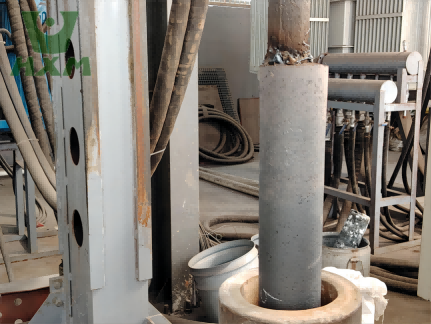
Electroslag remelting is a method of melting steel using the resistance heat generated when electric current passes through molten slag as a heat source. Its purpose is to increase the purity of the metal and improve the crystallization of the ingot.
Introduction of Electroslag Remelting
The products of electroslag remelting are of many varieties and have a wide range of applications. The steel types include: carbon steel, alloy structural steel, bearing steel, die steel, high-speed steel, stainless steel, heat-resistant steel, ultra-high strength steel, high-temperature alloy, precision alloy, corrosion-resistant alloy, electric heating alloy and more than 400 other steel types. In addition, the electroslag method can be used to directly melt and cast special-shaped castings, which can replace forging with casting, simplify the production process and improve the utilization rate of metal.
Its main purpose is to purify the metal and obtain clean, uniform and dense steel ingots. The steel remelted by electroslag has high purity, low sulfur content, few non-metallic inclusions, smooth surface of the steel ingot, clean, uniform and dense, and uniform metallographic structure and chemical composition. The cast mechanical properties of electroslag steel can reach or exceed the indicators of forgings of the same steel type. The quality of electroslag steel ingots depends on the reasonable electroslag remelting process and the equipment conditions to ensure the electroslag process.
The electroslag casting process fundamentally solves the main contradictions of general casting processes. It combines the advantages of electroslag remelting – obtaining metals with high metallurgical quality and casting – casting special-shaped parts refined blanks, and has the characteristics of dense structure and no anisotropy similar to the deformed metal of ordinary smelting. Compared with ordinary forgings, the performance indicators of electroslag castings fully reach the indicators of deformed metals of the same steel grade, and even avoid some shortcomings of forgings. uniform metallographic structure and chemical composition. The cast mechanical properties of electroslag steel can reach or exceed the indicators of forgings of the same steel type. The quality of electroslag steel ingots depends on the reasonable electroslag remelting process and the equipment conditions to ensure the electroslag process.
The Electroslag Remelting Process
Electroslag Remelting is a secondary refining process that begins with a consumable electrode, typically made of a previously cast metal alloy. Here’s how the process works:
- Melting: The consumable electrode is lowered into a molten slag bath, which acts as a conductive medium. The slag is heated by electrical resistance, causing the electrode to melt.
- Refining: As the electrode melts, droplets of the molten metal fall through the slag. During this stage, impurities are removed, and the metal undergoes a refining process.
- Solidification: The purified metal then solidifies in a water-cooled mold, forming an ingot with superior mechanical properties and homogeneity.
Applications of Electroslag Remelting
1. Aerospace: ESR alloys are used in aircraft engine components, landing gear, and structural parts, where high strength and reliability are paramount.
2. Power Generation: Turbine blades and other critical components in power plants benefit from the enhanced properties of ESR-refined metals.
3. Medical Devices: The process is used to produce high-quality stainless steels and other alloys for medical implants and surgical instruments, where biocompatibility and strength are critical.
4. Defense: Military applications, including armor plating and missile components, utilize ESR alloys for their superior performance under extreme conditions.
5. Tool and Die Manufacturing: High-speed steels and other tool steels refined through ESR are used to manufacture cutting tools, molds, and dies with improved wear resistance and toughness.
In recent years, the new electroslag casting process has gradually attracted the attention of the engineering and technical community, and many industrial sectors are stepping up research and use of electroslag casting products. In the development of this new process, the former Soviet Union, Japan and the United States have made more research achievements, followed by West Germany, Czechoslovakia, the United Kingdom, Sweden and France. The Electrometallurgical Research Laboratory has achieved the following results in the development of the new electroslag casting process and the research and development of special-shaped parts using it:
Electroslag casting cold rolling rollers, valve bodies, tees, thick-walled hollow tubes, petroleum cracking furnace tubes, gear blanks, various molds (including stamping molds) and diesel engine crankshafts, etc.
At present, well-known electroslag furnace manufacturers, such as CONSARC in the United States, ALD in Germany and INTECO in Austria, all use a 2-level computer control system based on PLC and industrial control computers, which can realize the full automatic control of the equipment and process of the entire remelting process.
The refining process of casting or forging steel smelted in an open hearth, converter, arc furnace or induction furnace into electrodes and performing secondary remelting through slag resistance heat is referred to as ESR in English. R.K. Hopkins of the United States first proposed the principle of this refining method in the 1940s. Later, the Soviet Union and the United States successively established electroslag furnaces for industrial production. In the mid-1960s, due to the development of aviation, aerospace, electronics, atomic energy and other industries, electroslag remelting achieved rapid development in the Soviet Union, Western Europe and the United States. The products produced include: high-quality alloy steel, high-temperature alloy, precision alloy, corrosion-resistant alloy and alloys of non-ferrous metals such as aluminum, copper, titanium and silver.
Benefits of Electroslag Remelting
1. Enhanced Purity: ESR significantly reduces the inclusion content in the metal, eliminating impurities such as oxides and sulfides. This leads to a cleaner and higher-quality alloy.
2. Improved Mechanical Properties: The refined metal exhibits enhanced mechanical properties, including increased tensile strength, toughness, and ductility. This makes ESR alloys suitable for demanding applications.
3. Homogeneity: The process ensures a more uniform distribution of alloying elements, resulting in consistent properties throughout the ingot.
4. Reduced Segregation: ESR minimizes chemical segregation, providing a more uniform composition and better performance characteristics.
Conclusion
Electroslag Remelting is a pivotal process in modern metallurgy, enabling the production of high-quality alloys with superior properties. By enhancing purity, improving mechanical characteristics, and ensuring homogeneity, ESR meets the stringent demands of industries like aerospace, power generation, medical, defense, and tool manufacturing. As technology advances, the role of electroslag remelting in producing advanced materials continues to expand, underscoring its importance in the quest for excellence in material science.
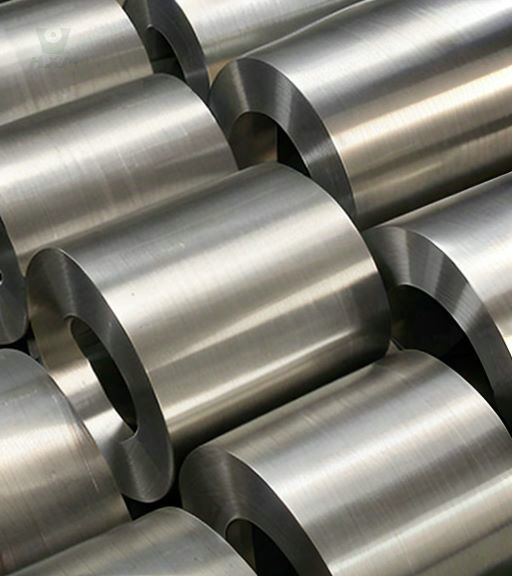
Duplex Steel 2205 Coils: Understanding the Applications and Uses
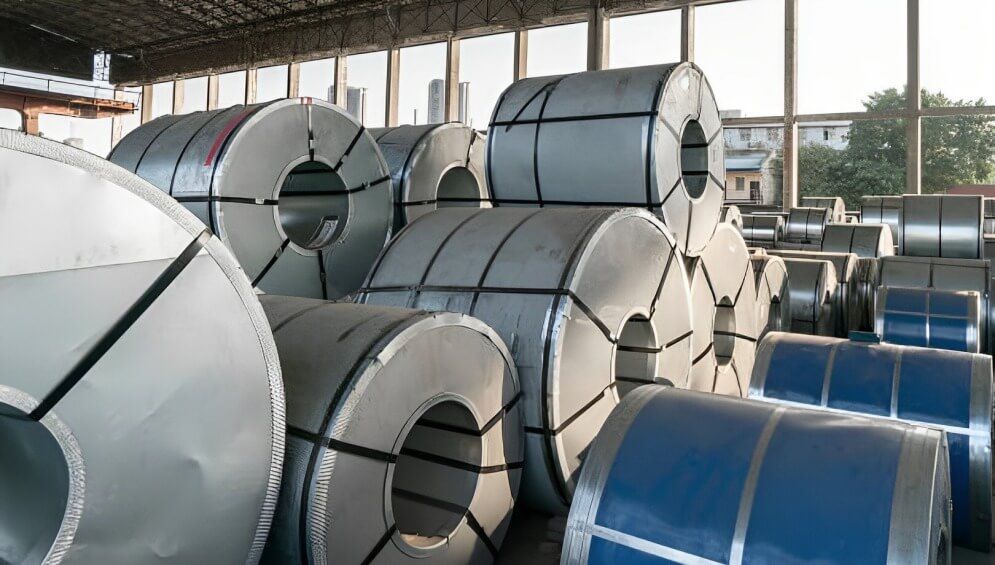
What Are Steel Coils Used For ?
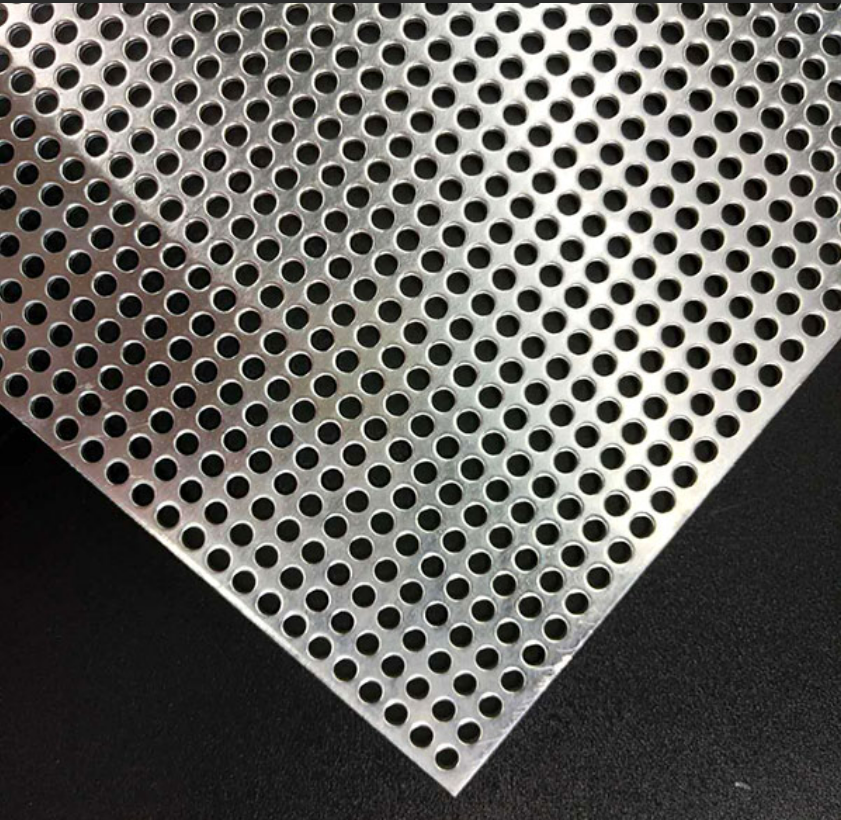
Top 10 Applications of Perforated Metal in Architectural Projects
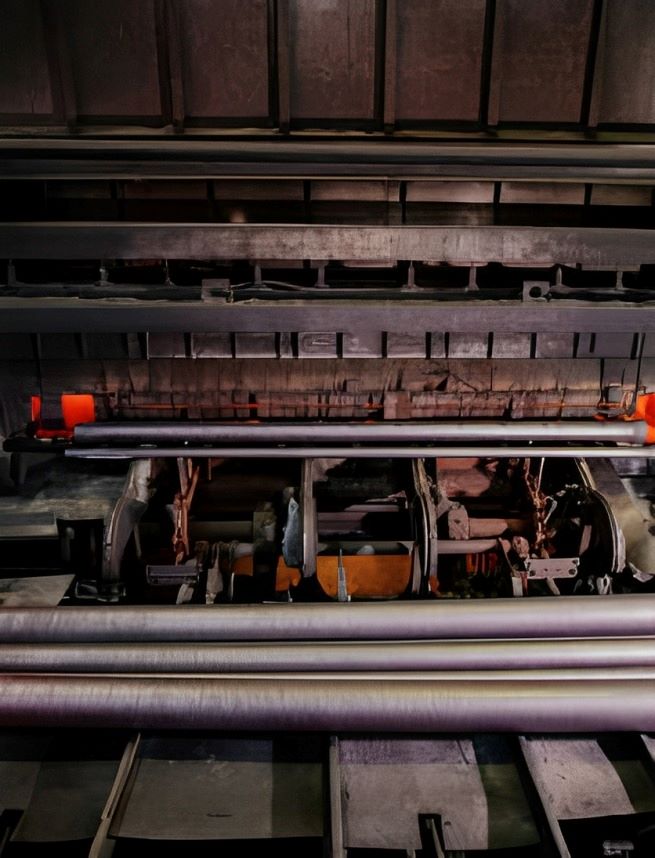
Guide to Stainless Steel Pipe Rolling: Process, Benefits, and Applications
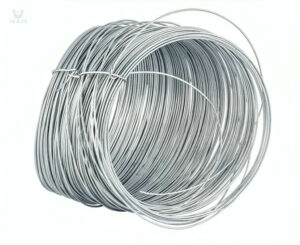
410 Stainless Steel Wire Supplier In China Size: Diameter 0.2mm-5.5mm, 5.5mm-12mm Standard:GB1220, ASTM A 484/484M, ASTM A276, EN 10060/ DIN 1013, EN 10278 Finish: Black, NO.1, mill finish, cold draw Contact Us product description of 410 stainless steel wire 410 stainless steel wire, as a specific type of stainless steel material, possesses
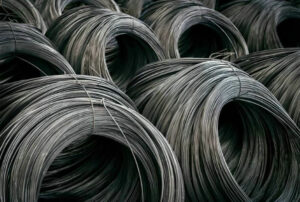
303 Stainless Steel Wire Supplier In China Size: Diameter 0.2mm-5.5mm, 5.5mm-12mm Standard:GB1220, ASTM A 484/484M, ASTM A276, EN 10060/ DIN 1013, EN 10278 Finish: Black, NO.1, mill finish, cold draw Contact Us product description of 303 stainless steel wire 303 stainless steel wire, with its unique chemical composition and remarkable characteristics, stands
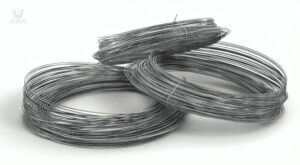
347 Stainless Steel Wire Supplier In China Size: Diameter 0.2mm-5.5mm, 5.5mm-12mm Standard:GB1220, ASTM A 484/484M, ASTM A276, EN 10060/ DIN 1013, EN 10278 Finish: Black, NO.1, mill finish, cold draw Contact Us Product Description Of 347 Stainless Steel Wire 347 stainless steel wire is a niobium-containing austenitic stainless steel, with similar performance to



